10 Easy Ways To Add More Veggies to Your Diet, According to a Dietician
Lettuce give you the scoop.
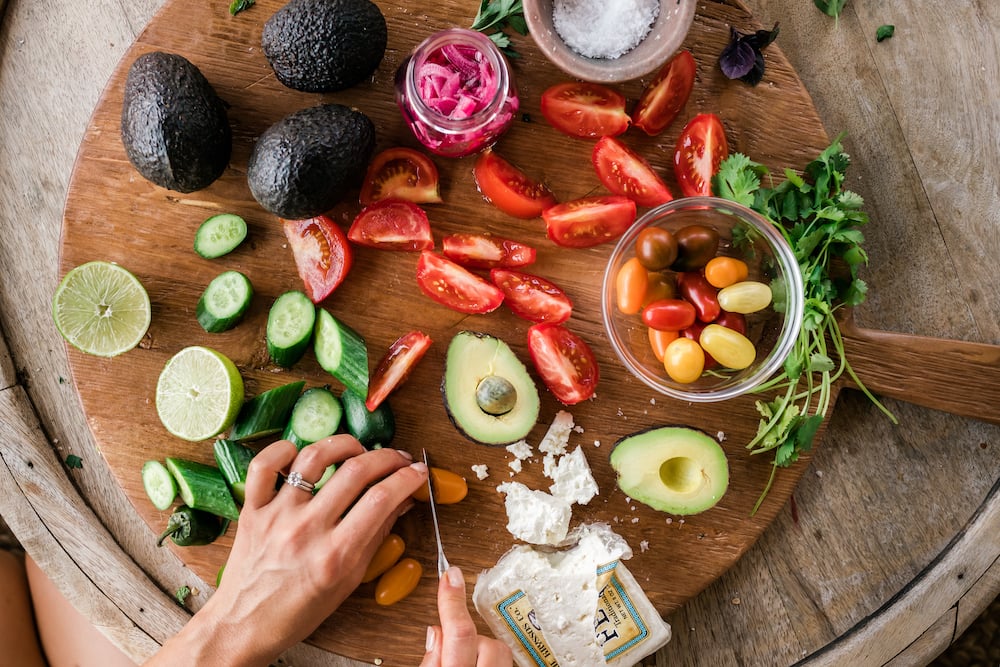
There once was a time when I thought a fantastic Sunday morning included bottomless mimosas, something smothered in hollandaise, and me, in a shift-dress-and-sunglasses combo that made brunch feel like a fashion show with friends. But a few years back, I underwent a mindset shift and realized that the end of the weekend is the perfect opportunity to incorporate a few go-to, easy ways to eat more vegetables. Let me explain.
These days, my weekend daydream includes me in a figure-forgiving nap dress and a comfy pair of huaraches, weaving my way around a farmer’s market, perusing the parsnips and browsing the butter lettuce. Then leaving with a tote bag filled with root veggies to liven up our fridge and enough leafy greens to make a week of salads.
Yes, the older I get, the more my appetite has grown to include mainly veggies. And when I say veggies, I mean real veggies—not those sneaky snacks I convinced myself that, in my early parenting days, were healthy. (Chip aisle veggie sticks and snap peas, I’m looking at you.) Filling up my kitchen bowls with an abundance of colorful edibles keeps heart-healthy consumption top of mind. Plus, they’re just plain pretty.
Feature image by Michelle Nash.
1 of 9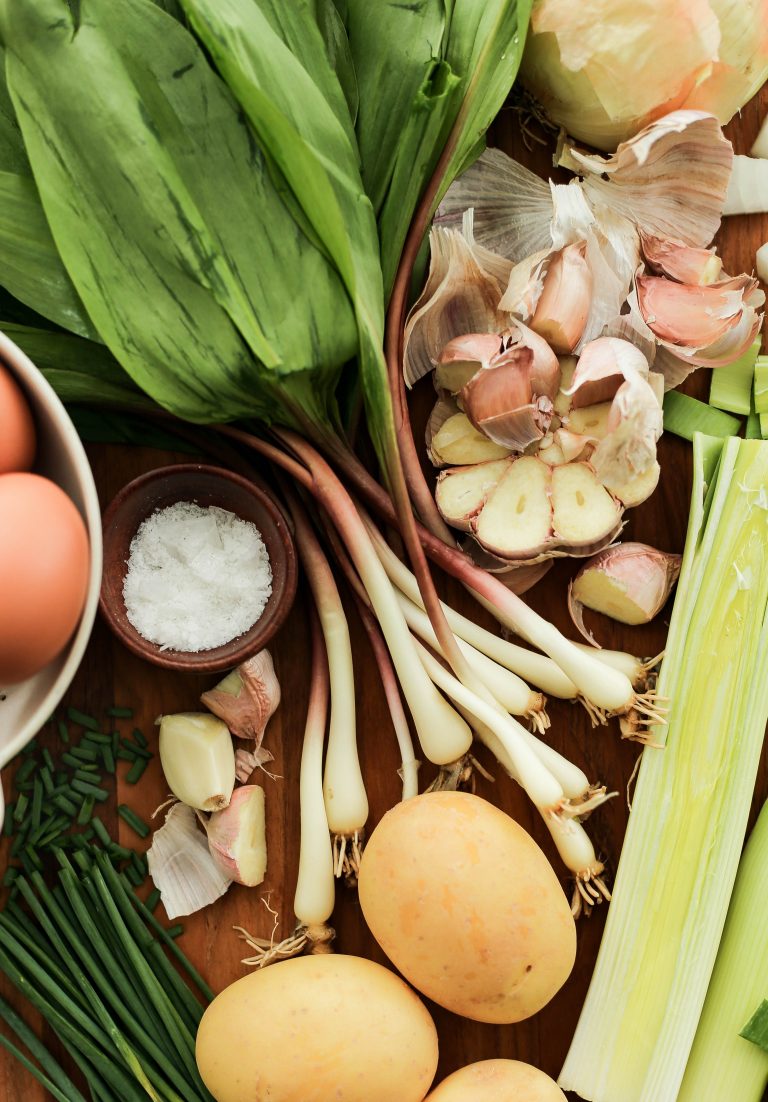
I now know that, for my family, the keys to overall wellness are pretty basic: plenty of rest, an abundance of clean air, and lots of protein mixed with the occasional treat. Most important on my list, however, are tons of vegetables in our bellies each day. But I have to ask: With all the delicious produce to choose from, are all veggies created equal?
To help guide the way from farm to food on the table, I reached out to registered dietician Jenna Volpe, RDN, LD, CLT. Jenna gave me the scoop on her favorite vegetables to eat every single day, why we should all be eating more of these power foods, and how to seamlessly incorporate them into our diet.
2 of 9
How many vegetables should we be eating each day?
The “gold standard” for adults is to eat about five to nine servings of fruits and vegetables per day. What most people don’t realize is that a serving of vegetables isn’t just a couple green beans on the side with dinner or a tablespoon of mushrooms in an omelet. One full serving is equivalent to two cups of leafy greens, one cup of fresh veggies (like carrots, cucumbers, or celery), 1/2 cup of cooked veggies (like green beans, peppers, onions, or mushrooms), or 1/3 cup of tomato sauce or salsa.
According to the United States Department of Agriculture (USDA), the recommended amount of vegetables for most adults to consume each day translates to about two to four cups of veggies per day (raw or cooked isn’t specified).
3 of 9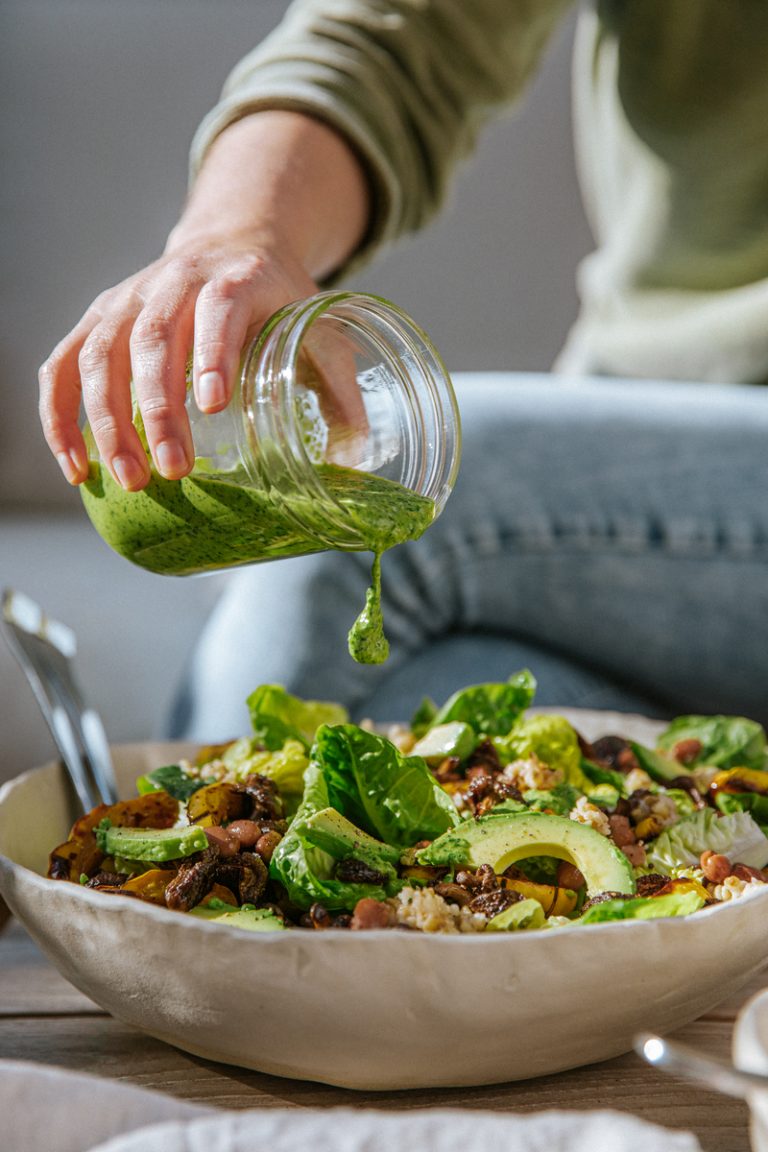
What are your favorite veggies to eat on a daily basis?
I love baby greens, which are nutritional powerhouses. They’re packed with antioxidant carotenoids, chlorophyll, vitamin K, calcium, iron, and magnesium, and they’re also very versatile and easy to prep! I usually alternate between baby spinach, baby kale, arugula, and mixed “supergreens.”
I typically add sautéed baby greens to my meals at least once a day, usually in eggs, pasta, and stir-fries. I also often throw baby greens in smoothies and sandwiches.
It’s too easy not to do these things, and in my opinion, incorporating baby greens into your daily routine is a habit that will go a long way to boost levels of vitamins, minerals, antioxidants, fiber, and energy in ways that supplements can’t.
4 of 9
As we get older, our nutritional needs change. What does this look like for vegetables?
The amount of recommended veggie intake increases as calorie needs increase. Since babies and children don’t need as much food as adults, and they’re growing exponentially, it makes sense that more of their calories should come from macronutrients (carbs, proteins, and fats) versus veggies. That said, babies and children don’t need as many veggies compared to adolescents and adults. Men also need more vegetables than women, because they need more calories on average.
Below are USDA-recommended daily amounts of vegetables depending on age.
5 of 9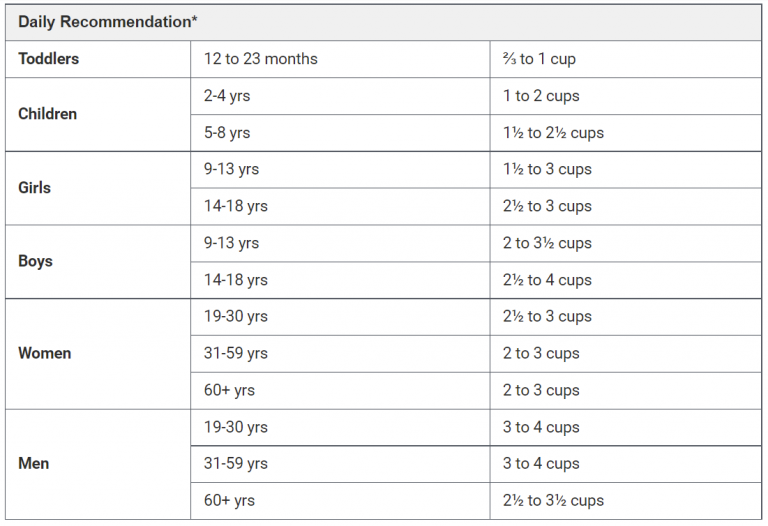
Why exactly is it important to eat the recommended amount of vegetables?
Veggies are packed with prebiotics (a natural food source for healthy “probiotic” bacteria in the gut), vitamins, minerals, antioxidants, vitality (life force energy), and more.
Eating vegetables is a simple but powerful way to cut multiple disease risks exponentially while also helping to regulate and balance blood sugar and hunger/fullness levels.
It’s not a complicated or complex concept, but I still find that most people don’t hit the daily recommended veggie intake amount or even get close to it most days because our food system and diet industry are so far removed from these simple, supportive solutions.
6 of 9
What is the most nutritious bang-for-your-buck way to eat more vegetables?
The answer to this question will depend on what works best for people individually, but here’s what works for me.
Cook Veggies to boost flavor
I’m not a fan of eating raw veggies, so cooking veggies (i.e., roasting or sautéing) is a great way to reduce the volume of veggies while enhancing flavor and palatability with some good quality oil and spices. I find that combining cooked veggies with other meals (like pasta or stir-fry) is relatively effortless (and tastes delicious!). I aim to make at least half my plate veggies at lunch and dinner, and it’s easy when I’m cooking with veggies I love!
Find Sneaky Ways to get your veggies
Using spiralized zucchini noodles or spaghetti squash instead of pasta is a really easy way to meet a daily veggie requirement in just one meal. (Two cups of zucchini noodles provide four servings of veggies!) Plus, using red sauce adds an extra serving of veggies. After that, all that’s left is to add some protein, which could be ground turkey, grass-fed beef, Beyond Meat, or some chicken or shrimp.
Drink Your Greens
During the spring and summer months, throwing a bunch of veggies into a green juice can be a refreshing way to extract the vitamins, minerals, antioxidants, and live enzymes from veggies (as long as people aren’t adding too much fruit to their juice blend, which will increase the sugar content substantially). One thing to keep in mind with juicing is that most of the fiber is removed. As a result, I don’t recommend solely relying on juicing to get all servings of veggies on a day-to-day basis.
Sip on a smoothie
Throwing frozen greens into smoothies is a great way to maximize your morning beverage/meal hybrid’s nutritional offering. You can also crowd out the taste with something yummy like cacao powder and a natural sweetener.
7 of 9
Are all vegetables the same, or are some better than others?
All veggies have something to offer, but I don’t think they’re created equal from a nutrition perspective. Either way, I generally don’t put too much focus or emphasis on ranking veggies, since the most important thing from a big-picture standpoint is that people eat more veggies.
Getting a variety of different color veggies is important, since the colors are indicative of the types of vitamins and antioxidants contained in the veggies.
For example, leafy greens are packed with the antioxidant chlorophyll, while sweet potatoes, butternut squash, and carrots are rich in beta-carotene (the orange carotenoid pigment which is a precursor to vitamin A). It’s better to have multiple different color veggies per day and per week than to focus just on, say, orange veggies.
The Biggest Bang-For-Your-Buck Veggies
From a nutrition standpoint, a few of the most nutrient-dense and/or antioxidant-packed veggies are leafy greens (spinach, kale, arugula), broccoli, beets, cauliflower, sweet potatoes, carrots, bell peppers, butternut squash, and tomatoes.
Nutritionally, the lowest-ranking veggies would definitely be corn and potatoes. I don’t really count these as veggies in my clinical practice since they are primarily starch. Iceberg lettuce is also less nutritionally dense compared to its other leafy green counterparts.
While certain veggies like onions and mushrooms don’t rank at the top in terms of their vitamin and mineral content, I still include them in my routine because of their special antioxidant potential. Antioxidants help combat oxidation (cell damage), which is a main underlying culprit of aging and many types of illness.
8 of 9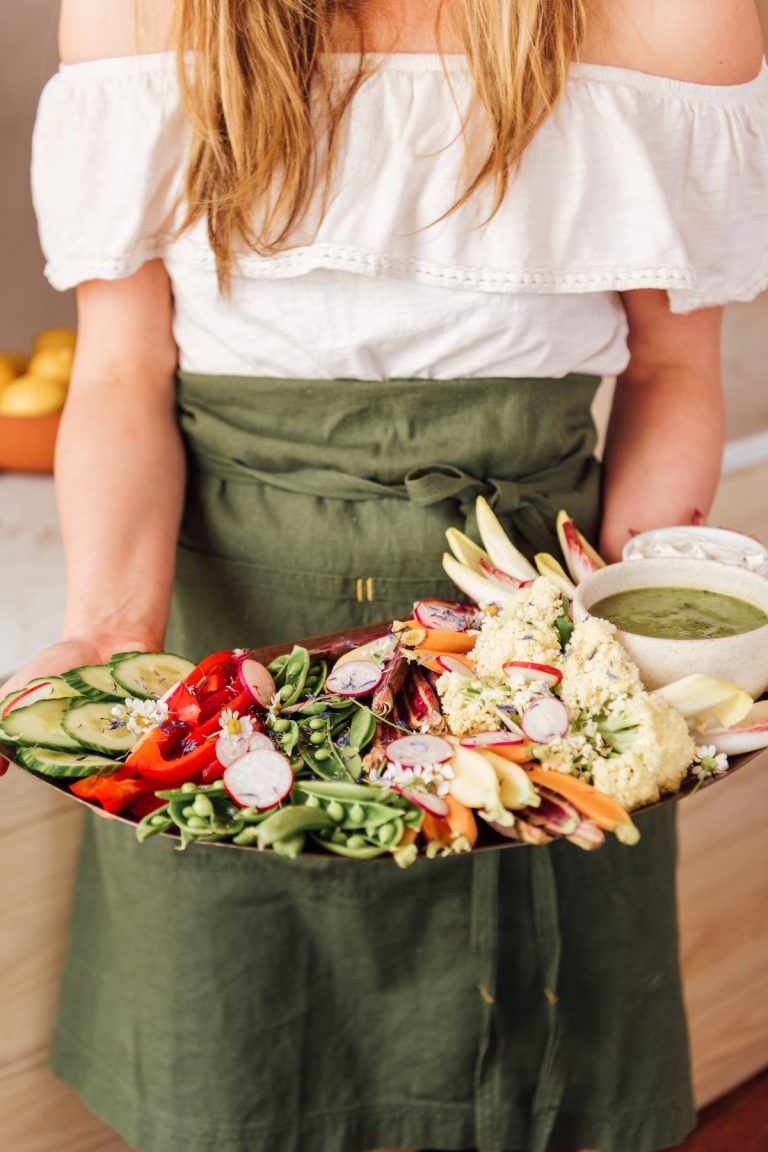

 ShanonG
ShanonG 































